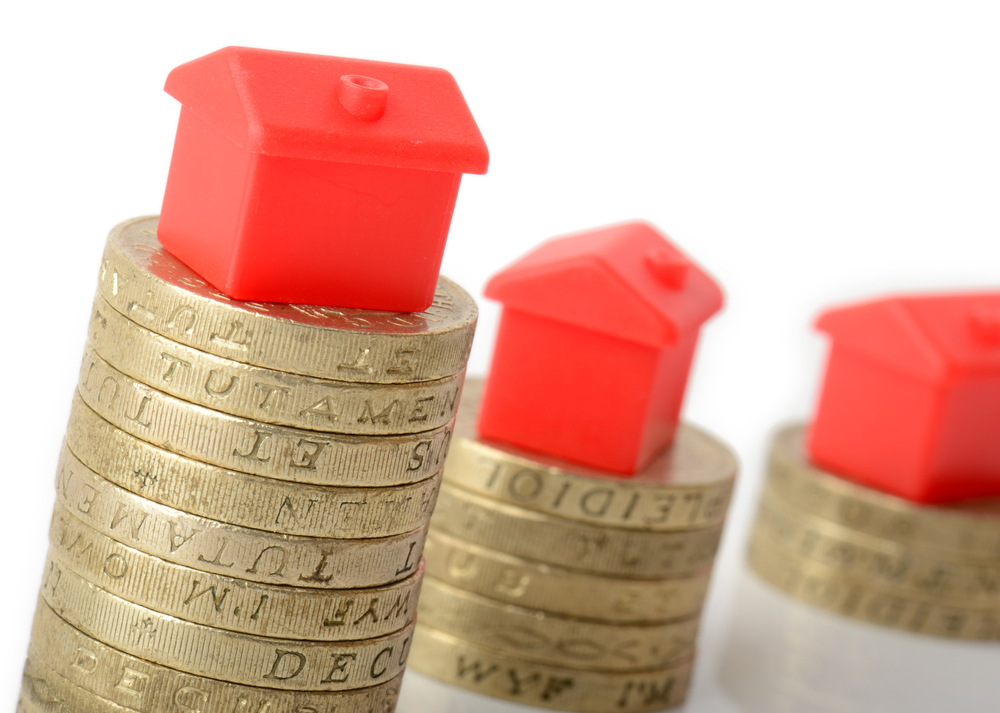The fundamentals of the housing market appear to remain robust a year after the shock referendum result, but stretched buyer affordability continues to act as a price brake. Compared to the period around the referendum a year ago there are more sellers and buyers in the wider market, with the number of sales agreed up […]
 The fundamentals of the housing market appear to remain robust a year after the shock referendum result, but stretched buyer affordability continues to act as a price brake.
The fundamentals of the housing market appear to remain robust a year after the shock referendum result, but stretched buyer affordability continues to act as a price brake.
Compared to the period around the referendum a year ago there are more sellers and buyers in the wider market, with the number of sales agreed up by 4.6% in June compared to a year ago, according to the latest Rightmove house price index.
The number of sellers coming to market is also up on the same period a year ago, with a 7.6% increase in fresh choice.
Rightmove said that prospective buyers in many parts of the country are seeing a lot of sold boards on properties they would like to buy, with over 45% of agents’ property stock being sold subject to contract.
Miles Shipside, Rightmove director and housing market analyst, said: “A year on from the shock referendum result and subsequent dent in activity levels, the fundamentals remain strong.
“Low unemployment, low interest rates, strong demand and historic undersupply of homes are mitigating any wobbles in confidence and as a result nearly half the properties on the market, over 45%, have sold signs slapped across them.”
In spite of high demand and lack of suitable supply, stretched buyer affordability continues to act as a price brake, Rightmove said.
Monthly house prices went up 0.1% from the previous month, taking the average price of a property up to £316,421. On an annual basis prices went up 2.8%.
Rightmove said the summer holiday season generally has a “dampening” effect on activity, with the price of newly-marketed property at a virtual standstill – up by just 0.1%.
“Prices are in the summer doldrums. Sellers coming to market at this time of year have to price more keenly as the traditionally bubblier spring selling season is over and prospective buyers are distracted by their own summer holiday plans,” said Shipside.
Across the country, London recorded the biggest month-on-month increase in asking prices in July, with a 1.1% rise, followed by the West Midlands with a 0.7% increase and Wales with growth of 0.6%.
The biggest monthly falls were recorded in the North East – where prices dipped 1.3% – and Yorks and Humber – where prices fell 1%.
Monthly price growth in the South East and the South West remained flat at 0%.
Brian Murphy, head of lending for Mortgage Advice Bureau, said: “Other factors, such as the average time to sell standing at 60 days in this month’s report, has remained broadly unchanged now for the last quarter, and also points to market consistency in most areas that again flies in the face of some who might suggest that the market is in negative territory.
“Quite to the contrary, all of these indicators would point to a calm, steady and functioning UK market, with perhaps those consumers who did decide to ‘wait and see’ in the lead up the Election now deciding to simply get on with their move, adding yet more motivated movers into the mix in most parts of the UK.
“Even though we’re moving into high summer which is traditionally a slower time for property sales, the market would appear to be ticking over very nicely with no apparent immediate cause for concern or negative sentiment, which it’s probably reasonable to suggest might lead to a consistent picture for the foreseeable future.”
[box style=”4″]
What Mortgage has teamed up with London & Country to offer you expert advice on the right mortgage deal.
Whether you’re buying a new home, remortgaging to a new deal or buying an investment property, L&C can help – and you’ll pay no fee for their advice. To find out more, click here.
[/box]














